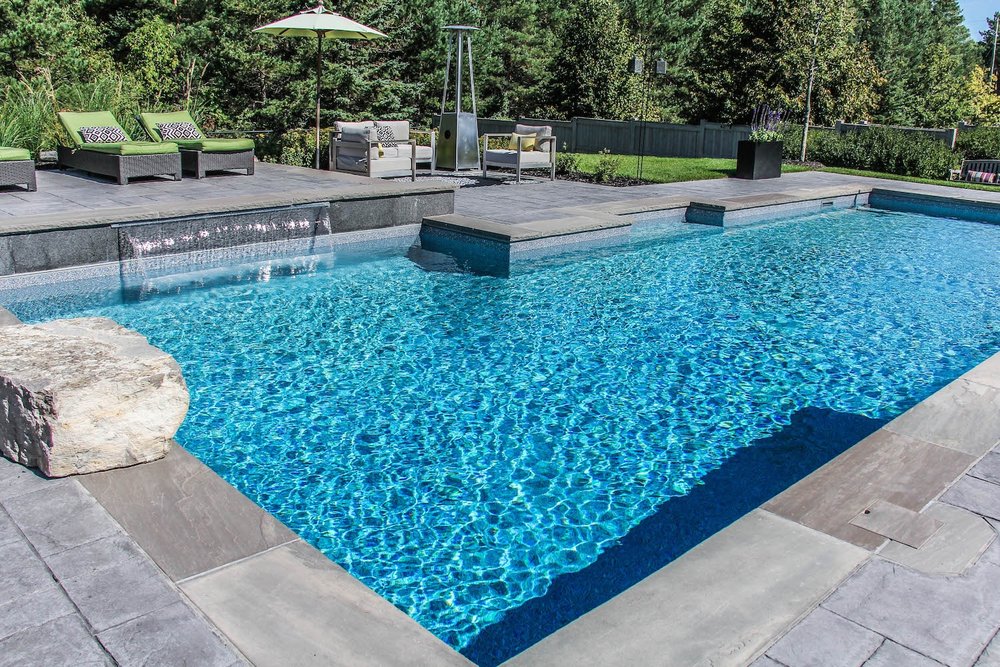How to Save Money With a New Pool Pump


You may save money on your pool operating cost and improve performance!
As a pool owner, you know that proper pool water flow and filtration is among the most vital variables to manage the quality and clarity of the water in your swimming pool. Considering all the various kinds of pool pumps currently available, choosing the right one for your own pool can be somewhat overwhelming. This information provides the facts you want to make an educated decision for your next pool pump buy.
Factors in Choosing the Right Pool Pump
The first and most important factor in choosing the correct pump is your current pool filter. The type and dimensions of your pool filter, along with your pool capability and the plumbing line diameter, all determine the kind of pump that is right for you. If you wish to use your pool pump for more than just water filtration, for example numerous water features, this may also decide which pump is right for your pool.
When it comes to fitting a pool pump with the filter, here are some simple facts to think about:
Sand filters demand a much quicker water turn over or leak speed than do cartridge or diatomaceous earth (D.E.) filters. Sand filters are now the most well-known filters and are easier to maintain than D.E. filters, though D.E. filters strain out finer particles.

D.E. and capsule filtering is adversely affected should you take advantage of a pool pump which has a high flow rate.
When replacing existing pumpswe constantly advise that you replace it with one that matches the identical compression, horsepower, and similar water flow rate because your old one to avoid potential filtering issues.
Single Speed versus Variable Speed Pool Pumps
Most pool owners possess a conventional single speed pool pump. Single speed pumps are only that -- they pump in just 1 speed. But, having just 1 speed means that if the pump is turned on, it employs the maximum amount of electric energy available to it. Electrical energy consumption and the cost of operation are dependent on the pump dimensions, in horsepower, and the R.P.M., or speed. With a standard pump speed set to 3450 revolutions per second (R.P.M.), the single speed pump uses quite a lot of energy. Because the pump has just one rate, you can never save on your electricity bill from month to month if you don't simply shut the pump completely off.
Two-speed pumps, on the other hand, are getting more popular because they use less energy and therefore have far lower cost of operation. When set to low rate, a two-speed pump operates at approximately 1750 R.P.M. - a satisfactory speed for many pools and spas. If necessary, the speed can increase to the conventional 3450 R.P.M.. Many spas are equipped with two-speed pumps, using the low pump speed for filtration and the higher speed for water therapy and speedy jet action.
Why a Two-Speed Pump Will Save You Money
In simple terms, without getting into the details of pool pump physics, a pool pump energy demands increase or decrease at four times the speed of change made to the pump rate and power. In other words, when you decrease a pool pump speed to half (50%) of full speed, the kilowatts needed reduce to just one-eighth the energy necessary for a standard single speed pump.
Therefore, for half the speed of rate, you quadruple your energy savings! If your single-speed pump prices approximately $50.00 a month, you can anticipate to pay just $7.00 a month by replacing your single-speed pump with a two-speed pump.
Will running a pump in half speed still properly filter the pool? The simple answer is yes, completely. In almost all circumstances, running at a lower speed nevertheless provides lots of filtration for pools and spas.
Save Even More with a Variable Speed Pump
With a variable rate pump, you can enjoy even greater cost savings. Unlike a two-speed pump, a variable rate pump also lets you control the desired speed and/or flow speed. This excess control, then, can decrease your electrical cost even further, up to 75% in contrast to a single speed pump.
Variable speed and variable circulation in-ground pool pumps work at any type of pool filter or leak requirement by letting you set the specific flow you desire. The pump R.P.M. can adapt to deliver flow rates from the equal of a one-half into three engine pump.
The Bottom Line
You are able to save half the cost of your investment in the new equipment working with a power saving variable speed or two-speed pool pump. In a short period of time, an energy saving pool pump will pay for itself by lowering your electric bill. You'll be able to relax in the pool knowing you have made a good investment, you are saving money, and you are doing something great for your own environment. Find out more information click pool maintenance